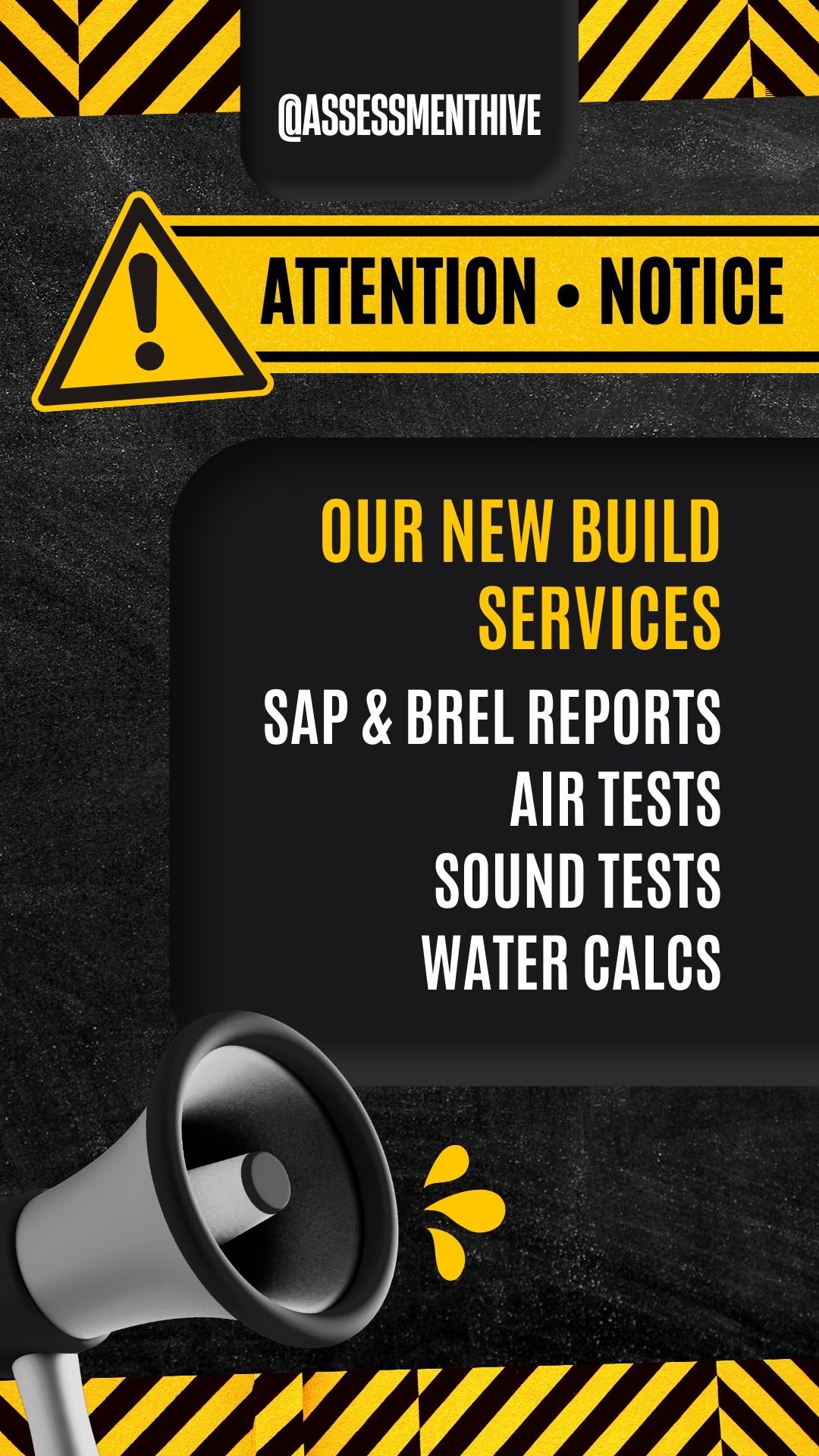HMO Fire Risk Assessments – What’s Included?
If you own or manage Housing with Multiple Occupancy (HMO), you know that there are many legal obligations in regards to safety. When it comes to fire safety, one of the most important aspects is the completion of a risk assessment. Here’s everything you need to know about HMO fire risk assessments.
HMO Fire Risk Assessments And The Law
The Regulatory Reform (Fire Safety) Order 2005 and the Housing Act 2004 both place legal responsibilities for fire safety on the property owner. These requirements mean that you must carry out a risk assessment on any shared areas in HMOs. However, there is no expectation that the tenants need training in fire safety and prevention.
If your property has more than five tenants, you are required, by law, to keep documentation to show that you have completed the risk assessments. Even if you do not meet this threshold, it is vital to keep evidence to show you assessed the risk. In the event of a fire, if you cannot provide these documents, you may be held responsible for the accident.
Who Can Carry Out HMO Fire Rish Assessments
A competent person must complete the risk assessment. This means that you may need to hire a professional to assess the property. You are then legally required to act on the recommendations.
How Often Must HMO Risk Assessment Be Completed?
You must complete a new risk assessment any time there is a significant change to the property. Examples of this include following any building or electrical work, and when tenants change.
What HMO Fire Risk Assessments Look At
There are five critical steps to a fire risk assessment;
- Identify any potential fire hazards.
- Identify any people at risk.
- Evaluate the risk. Remove the risk where possible. Otherwise, reduce any remaining risk.
- Record the results of the risk assessment, including a plan of action. Report the results to the relevant people.
- Review the risk assessment at reasonable intervals.
What Does The Review Include
The risk assessor will consider a wide range of safety considerations as they perform their property review. Consequently, they will be looking at escape routes, and if the infrastructure provides safe ones. The fire detection and warning systems’ quality will also be considered to identify if it is appropriate for the property.
Furthermore, the inspector will also consider if there is a need for any extra equipment such as emergency lighting or firefighting equipment. They also identify any locations where safety and informational signs should be placed.
Recommendations From HMO Fire Risk Assessments
The specific recommendations that come out of the report will depend on the layout of your property. The inspector will also consider the materials used to construct the property.
Some standard recommendation includes installing fire doors, altering the placement of smoke alarms, and adding fire safety signs. Secondary recommendations include fire fighting equipment. In most buildings, this will be an item like a fire blanket, but some areas may require fire extinguishers too.
For buildings over two storeys, emergency lighting will be recommended if it is not already in place.
Fire Risk Assessments With Assessment Hive
At Assessment Hive, we can manage and complete your fire risk assessments as well as instruct our team of contractors to conduct any remedial actions where necessary. With our innovative client portal, we take the stress away from managing properties with all of the solutions you need in one easy to manage place.
To find out more, get in touch with the team today.







